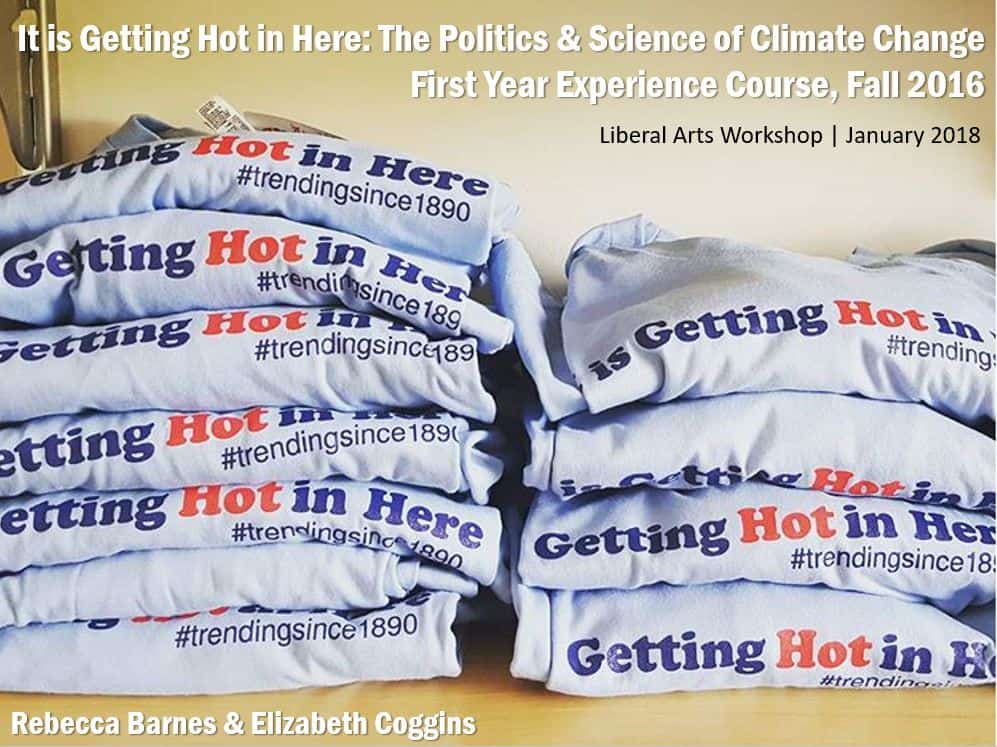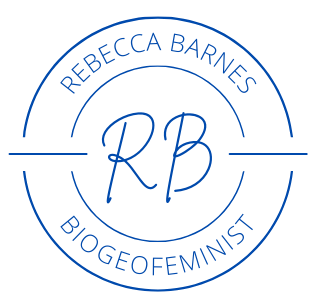
This morning I am talking to first year faculty as part of their Liberal Arts Workshop before the start of the Spring semester. I remember this workshop from my first year – something that started with some fairly esoteric readings by Senaca (thank goodness for my colleagues in Classics!) and ended with presentations by three faculty that some how crystallized the lessons of the previous day’s conversations. Teaching our students HOW to think, not what to think. So what am I talking about? How Elizabeth Coggins (Political Science) and I went about designing our interdisciplinary first year experience course – It is Getting Hot in Here: The Politics & Science of Climate Change – a two block class that blended information from my intro climate change class and Elizabeth’s upper level Ideology and Public Policy Making classes. We had a ton of fun planning and teaching it together & look forward to teaching it again in the future. In preparing for our presentation we gleaned the following Pro Tips:
- You must WANT to teach an interdisciplinary course (& believe in the utility of the course)
- Develop your class around a question or problem that you want to solve. Something that you think about a lot, something you talk about with friends at happy hour.
- Ask yourself: what would be a good partnership for this course? a new vantage point or perspective?
- Think in block-like chunks of time – what are the steps to addressing the question or problem? Build your course by sequencing these chunks
- Design a final project (see below) that attempts to answer the question or address the burning problem that inspired you in the first place.
For Elizabeth and I the appeal of teaching an interdisciplinary course was really about connecting the real world to the abstractness of academia. Do theories of public policymaking matter? (of course) Does the science of climate change matter? (obviously) but what really matters is getting people – especially Americans – to understand that we have a very serious problem, we have an answer, and it needs to be addressed now.
One piece of their final project was to create two advertisements reflecting the goals of their assigned group’s interest in climate change. The advertisements must address the “cautious” and “doubtful” portions (as defined by the Yale Program on Climate Change Communication) of the public. One group’s advertisements are below (Interest Group: NRDC, Audience: Doubtful Group, Utah’s 4th Congressional District). The classes’ creativity far exceeded what we could have hoped for.
**Please note that organizations included in this project have not endorsed the use of their name or brand in the students’ work (if you are one of those organizations – hopefully you understand the pedagogic choice to use real organizations instead of fictitious ones).


Comments are closed